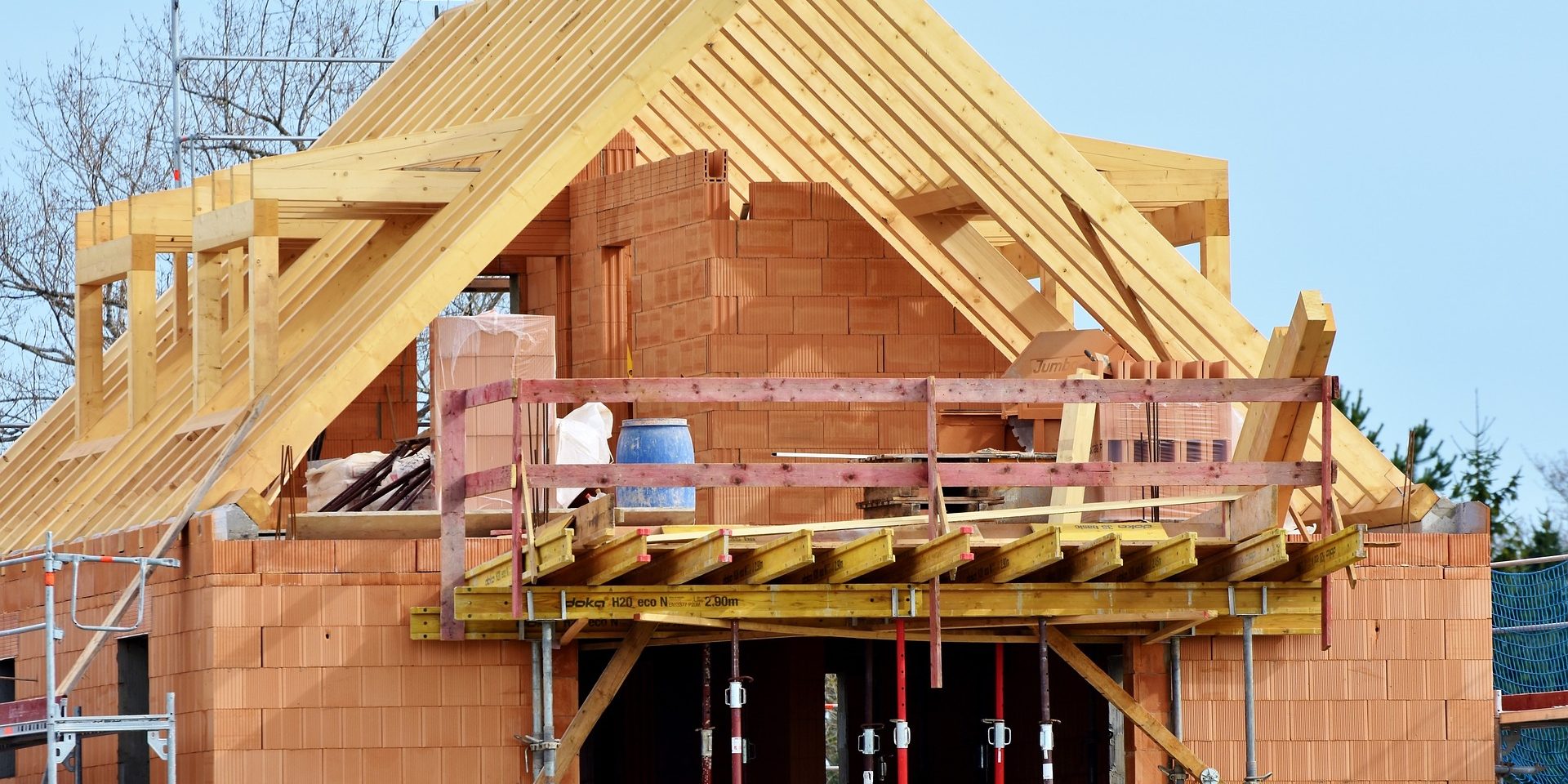
What is the Building Code in South Carolina?
Spend more than a few minutes around architects, engineers, or contractors, and you will likely hear references to the “building code.” If you get involved in a construction defect lawsuit, you will hear lawyers and experts argue at length over whether construction work violates the “building code.” What exactly is the building code and what does it require?
At the most basic level, the building code is a legally required minimum standard construction must comply with. The building code is a lengthy set of written standards for how everything from the foundation to the roof of a building must be built. A designer or contractor can customize a building in innumerable ways so long as the building meets the minimum standard of the building code. The designer or contractor can also exceed the requirements of the building code, but is not legally permitted to perform construction that does not meet the code. For example, if the building code requires a home’s foundation be constructed using concrete with a minimum compressive strength of 2,500 pounds per square inch, the designer can specify or the contractor can use concrete with a compressive strength of 3,000 pounds per square inch but cannot use concrete with a compressive strength of 2,000 pounds per square inch.
In South Carolina, the South Carolina Building Codes Council (the “Council”) adopts statewide building codes but the Council can only adopt versions of codes published by the International Code Council, Inc., known as the ICC. The ICC publishes a new version of each code every three years, and the Council then decides whether to adopt the new versions in South Carolina and whether to alter any of the ICC code provisions. There is not just one building code. There is a building code, the International Building Code or IBC, which applies to all structures except single-family homes, duplexes, and townhomes that have their own exterior entrance and are not more than three stories tall. There is also a residential code, the International Residential Code or IRC, which applies to those residential structures not covered by the IBC. In addition, there are gas, plumbing, mechanical, fire, and energy codes.
While people often talk about the “local” building code, local building codes generally do not exist in South Carolina. A local jurisdiction (a city or county) can request that the Council approve local modifications to the statewide building codes for that jurisdiction only. However, there are currently no local building code modifications approved by the Council. The role of local jurisdictions related to building codes is not that of adopting building codes, but rather is one of enforcing the building codes. Each local jurisdiction is required to enforce the statewide building codes and is required to have a building official who conducts that enforcement.
Property owners often wonder how there could be construction defects in their property when the local building inspector had to inspect the work. Local jurisdictions usually only have a few inspectors, and the inspectors are responsible for inspecting numerous projects being constructed simultaneously. Unless the inspector has time to drop by for an impromptu inspection, the inspector is usually only inspecting at a few major milestones in the construction of the project. Local building inspectors do their best to confirm that the construction was performed in a way that will not cause the structure to collapse, catch fire, or flood, but they cannot be expected to inspect every detail of the work for code compliance.
Building inspectors are not able to examine all the code-required details of the work due to the complexity of the work and the complexity of the codes. Instead, ensuring construction that can withstand the weather and complies with the details of the codes requires proper supervision by general contractors and subcontractors overseeing and performing the work.
As an example of the details and complexities of the codes, the 2015 International Residential Code (“IRC”) is 887 pages long. The IRC, as well as the other codes, incorporates by reference hundreds of other standards. For example, the IRC references standards published by at least 47 other organizations, ranging from the American Architectural Manufacturers Association to the Window and Door Manufacturers Association. Many of the referenced standards in turn reference other standards. For example, Section M1601 of the 2015 IRC provides that HVAC duct systems “shall be installed in accordance with… ACCA Manual D,” with that being a reference to the Air Conditioning Contractors of America’s Manual D Residential Duct Systems. The ACCA Manual D in turn specifies that “flexible wire helix duct shall be installed to Air Diffusion Council (ADC) Standards.” In addition, the IRC and other codes repeatedly require that certain work be performed in accordance with the manufacturer’s installation instructions, thereby incorporating the instructions manufacturers provide for certain building products. The result of these chains of referenced standards and instructions and the complexities of the codes is that quality construction that meets the legal requirements is not something that just anybody can achieve and is not something that even a knowledgeable contractor can achieve if the contractor rushes through the job or does not properly supervise the work.
While the building codes are revised every three years, work only must comply with the building code in place at the time the building permit is issued. Every project requires a local jurisdiction to issue a building permit, and the building code in effect on the date the permit is issued is the building code that governs the work covered by that building permit. Once a building is completed, future work on the building that requires a building permit must be performed in accordance with the building code in place at the time that building permit is issued. In other words, if your building was completed in 2000, and you wanted to replace the siding in 2020, the work would have to be done in accordance with the then applicable 2018 code, not the earlier code.
Finally, why are the building codes so important? Buildings are huge investments that are supposed to last for decades. Owners are not able to see into walls or under foundations to see how a building was constructed, and even if they could, they would not know what to look for or how the building should be constructed. By telling designers and contractors the minimum standards they must comply with in constructing a building, the building codes keep building owners safe and ensure that they have buildings that will withstand the stresses of the weather and normal use. As a result, South Carolina law provides not only that a contractor must construct a building to meet the code requirements, but also provides that a contractor is liable to a residential property owner for failure to construct a building in accordance with the building code.
This piece first appeared in Issue 11 of the 2021 South Carolina Community Associations Institute newsletter.




















